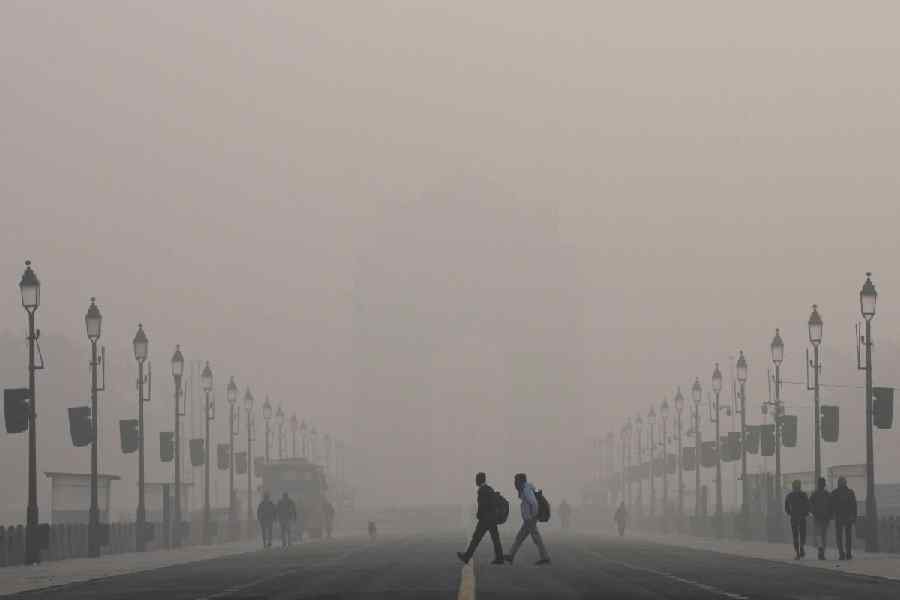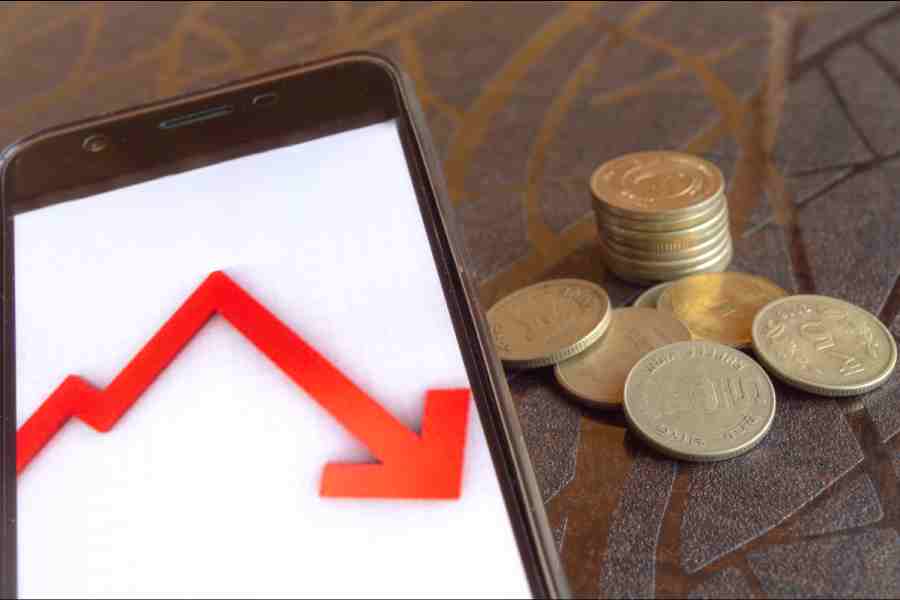 |
| PRESENT FROM THE PAST: Actors dressed as sailors, soldiers and Queen Elizabeth I on the museum’s opening day. Pic: Shrabani Basu |
“I was carried down into the hold of the India ship… pepper scattered through every chink, you trod upon it, and in cloves and nutmegs. I walked above the knees… [it was] as noble a sight as I ever saw in my life,” recorded Samuel Pepys, London’s famous diarist and naval administrator, in 1665.
That Pepys was up to his knees in pepper was natural, for it was with pepper that the story of the East India Company truly began. In the 16th century, pepper was rare and expensive in the West, controlled virtually by Venetian merchants who enjoyed a monopoly of the trade. A group of English merchants realised there was profit to be made from the spices of the East if the monopoly could be broken. After the defeat of the Spanish Armada by the English in 1588 and the resulting confidence in the seas, the merchants pressed their case before Queen Elizabeth I. On December 31, 1600, the Queen finally granted them the “charter to trade with the East Indies”. The East India Company was born.
“It was to change our lives forever,” says John McAleer, curator of a brand new gallery in the historic National Maritime Museum in Greenwich dedicated to the East India Company. “The way we live today, the clothes we wear, the food we eat, whether it is eating curries or drinking tea, everything goes back to the East India Company and its history in India and China.”
The new gallery — Traders: The East India Company and Asia — which opened its doors to the public last week gives an interactive multi-media look at the world’s earliest trading company that lasted over 250 years and changed the course of history. On the opening day, actors dressed as lascars, British soldiers and Queen Elizabeth I provided the background to talks and tours and even a heated debate about whether a statue of Clive of India outside Whitehall should be pulled down.
The gallery tells the story of the first ship that set sail from England in 1601 with Sir James Lancaster on board. It took him 900 days to get to Asia and back. He returned with 10,30,000 pounds of pepper. In 1612, Emperor Jahangir granted Sir Thomas Roe permission for the East India Company to trade in Surat. Soon factories were established in Surat, Madras, Calcutta and Bombay. By the time Samuel Pepys lowered himself down the East Indian company ship in 1665, the ships were bringing in 2,224,995 pounds of pepper, besides other spices.
 |
 |
| ART HOUSE: A portrait of shipbuilder Bomanjee Jamsetjee, circa 1830; (above) an artefact from 1819. Courtesy: National Maritime Museum, London |
The ports and docks around East London were the point where the ships unloaded their cargoes of spices, textiles, muslin, chintz, indigo and saltpetre. The roads still bear names like East India Docks. It was in the grand office of the East India Company on Leadenhall Street in the City of London, less than two miles away, that the commodities were fiercely traded, providing unimaginable wealth to the shareholders and adventurers.
In India, too, “John Company”, as the company was known colloquially, or “Company Bahadur”, as it was called by the Indians, was making its presence felt. Its impact was severe — they came as traders and laid the foundation for British rule in India with all its consequences.
“The East India Company started out with just four ships, a capital of £60,000 and a few investors. By the time it ended, it was collecting taxes from 90 million people,” said McAleer “We felt it was important to tell the story, and the National Maritime Museum was the natural home for it.”
The exhibition covers the Battle of Plassey and explains how the company’s victory cemented its fortunes. Control of Bengal gave England domination of the world’s textile trade as it accessed the high quality cotton and silk from the region. On display are the diaries of travellers who came to India and those who travelled out. The journals of 17th century seaman Edward Barlow provide an insight into the maritime world, while those of Mirza Abu Talib Khan from Bengal describe the sea voyages that the traders and travellers had to undertake often in difficult weather conditions and in poor health. A short film even guides visitors on how to make an authentic curry using spices from India.
The story of how the East India Company went to China to buy tea, silk and porcelain — which were in great demand in the West — is also told. The Chinese confined the traders to Canton and would not let them learn the local language. Unlike the Indians, the Chinese laid down the conditions for trade and wanted to be paid in silver. The English, not happy with this, decided to balance the books by selling them opium instead, starting a dark chapter in the history of China.
With the conquest of Bengal, the East India Company sourced opium from Bengal, Bihar and Orissa and sold it to China in a clandestine way. As the number of opium addicts in China increased, the import of opium rose from 15 tonnes in 1730 to 75 tonnes in 1773, resulting in the Opium Wars of the 19th century. Author Amitav Ghosh, who researched his novel Sea of Poppies in the National Maritime Museum, will give a talk in February next year on the opium trade.
The East India Company was shut in disgrace in 1857 following the Indian Mutiny and the assumption of power directly by the Crown and Whitehall. Today, the grand office of the East India Company in Leadenhall Street no longer exists. In its place stands the steel and glass structure of the Lloyds Bank building. “There is not even a plaque to mark the site,” says Nick Robins, author of The Corporation That Changed the World. “It makes me feel that it is a dark era of their history that the City would prefer to erase from public memory.”
Dark it may be, but the effects are here to stay. Britons today drink 150 million cups of tea everyday and curry houses dot the country as testimony to the fact that the taste for spices transformed British cuisine forever.











